Introduction
In the vast culinary landscape, few snacks encapsulate the essence of comfort and indulgence quite like pork floss bread. This delightful pastry, with its soft, fluffy exterior and a sweet-savory filling of pork floss, has become a staple in many bakeries and cafes worldwide. While the bread itself is a marvel of baking prowess, it is the pork floss ingredient that steals the show, offering a unique texture and flavor that is both nostalgic and exhilarating. This article delves into the origins, production, and significance of pork floss as a key component in pork floss bread, exploring the intricate details that make this ingredient so special.
Origins of Pork Floss

Pork floss, also known as meat floss or rou song in Chinese, is a type of dried, shredded meat that originated in China. Its name translates to “meat silk,” a testament to its silky, fluffy appearance. The exact origin of pork floss is somewhat murky, with various regions claiming to be its birthplace. However, it is widely believed that pork floss was first created during the Ming Dynasty (1368-1644) as a way to preserve meat for long journeys or during times of scarcity.
Initially, pork floss was made by boiling pork until tender, shredding it into fine strands, and then drying it over low heat or in the sun. This process not only preserved the meat but also gave it a unique texture and flavor. Over time, pork floss evolved, with different regions incorporating their own spices and cooking techniques to create distinct varieties. Today, pork floss is enjoyed not only in China but also in Taiwan, Japan, Korea, and other parts of Southeast Asia, where it is used in a variety of dishes, including sandwiches, salads, and, of course, bread.
Production of Pork Floss
The production of pork floss is a labor-intensive process that requires precision and patience. Here’s a step-by-step breakdown of how pork floss is made:
-
Selection of Meat: The first step in making pork floss is selecting the right type of meat. Traditionally, pork shoulder or pork belly is used because of its high-fat content, which contributes to the final product’s flavor and texture. The meat is then trimmed of any excess fat and sinew to ensure a consistent texture.
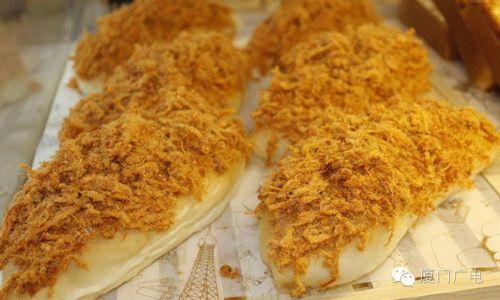
-
Cooking the Meat: The selected meat is then cooked until tender. This can be done through boiling, steaming, or roasting. Boiling is the most common method, as it allows for even cooking and helps to remove impurities from the meat. The cooked meat is then allowed to cool slightly before being shredded.
-
Shredding the Meat: Once cooled, the meat is shredded into fine strands. This can be done by hand using a fork or a specialized tool called a meat shredder. Alternatively, some manufacturers use machines to shred the meat, which speeds up the process but may result in a slightly different texture.
-
Seasoning and Drying: The shredded meat is then seasoned with a blend of spices, such as sugar, soy sauce, sesame oil, and five-spice powder. The exact spices used can vary depending on the region and the desired flavor profile. After seasoning, the meat is dried over low heat or in a dehydrator until it reaches the desired consistency. This drying process is crucial, as it removes moisture and concentrates the flavors, giving the pork floss its signature silky texture and rich taste.
-
Packaging and Storage: Once dried, the pork floss is packaged in airtight containers to prevent moisture from reentering and causing spoilage. Properly stored, pork floss can last for several months, making it an excellent ingredient for various dishes.
The Role of Pork Floss in Pork Floss Bread

Pork floss bread, or rou song mianbao in Chinese, is a type of sweet bread that is filled with pork floss. The combination of the soft, fluffy bread and the sweet-savory pork floss filling creates a harmonious balance of textures and flavors that is both comforting and satisfying.
The production of pork floss bread begins with the preparation of the dough. Typically, a blend of high-protein flour, water, yeast, sugar, salt, and milk powder is used to create a soft and elastic dough. The dough is then allowed to rise until it has doubled in size, which enhances its fluffy texture.
Once the dough has risen, it is divided into small portions and rolled into flat circles. A generous amount of pork floss is then spread onto each circle, followed by a drizzle of honey or syrup to add sweetness. The dough is then folded or rolled up to enclose the pork floss filling, and the resulting bread is allowed to rise again before being baked in a preheated oven.
The baking process is crucial, as it not only cooks the bread but also caramelizes the sugars in the pork floss, creating a golden-brown crust and a slightly sticky interior. The resulting bread is a visual and sensory delight, with its soft, fluffy exterior and sweet-savory filling that melts in your mouth.
Cultural Significance and Variations
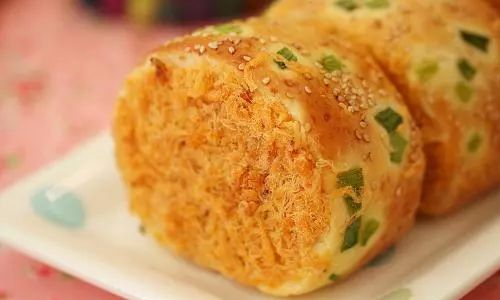
Pork floss bread holds a special place in many cultures, where it is enjoyed as a snack or a breakfast item. In Taiwan, for example, pork floss bread is a popular street food, often sold in small bakeries or by street vendors. In Japan, a similar dish called “yakisoba pan” features pork floss mixed with noodles and sauce, wrapped in a soft bread roll.
Beyond its cultural significance, pork floss bread has also become a canvas for creativity and innovation. Many bakers and chefs have experimented with different fillings and flavors, incorporating ingredients such as cheese, chocolate, and even fruits to create unique and exciting variations. These innovations have not only expanded the appeal of pork floss bread but also showcased its versatility as an ingredient.
Conclusion
In conclusion, the pork floss ingredient in pork floss bread is more than just a filling; it is a testament to the art and science of culinary tradition and innovation. From its humble origins as a preservation method to its modern-day status as a beloved snack, pork floss has evolved into a versatile and delicious ingredient that continues to captivate the palates of people worldwide.
The production of pork floss is a labor of love that requires precision, patience, and a deep understanding of flavor and texture. Similarly, the creation of pork floss bread is a blend of baking prowess and culinary creativity, resulting in a dish that is both visually appealing and sensorially satisfying.
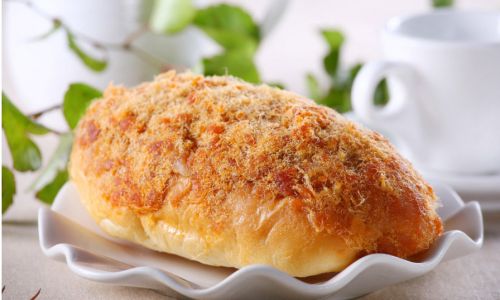
As we continue to explore and innovate with pork floss and other ingredients, it is important to remember the cultural significance and historical context that underpin these culinary traditions. By doing so, we can honor the past while embracing the future, creating new and exciting dishes that celebrate the diversity and richness of our global culinary heritage.
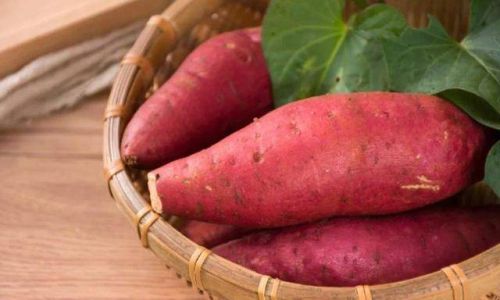
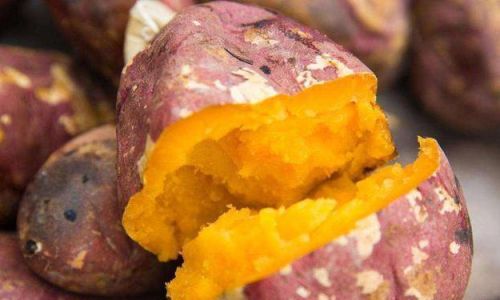



0 comments